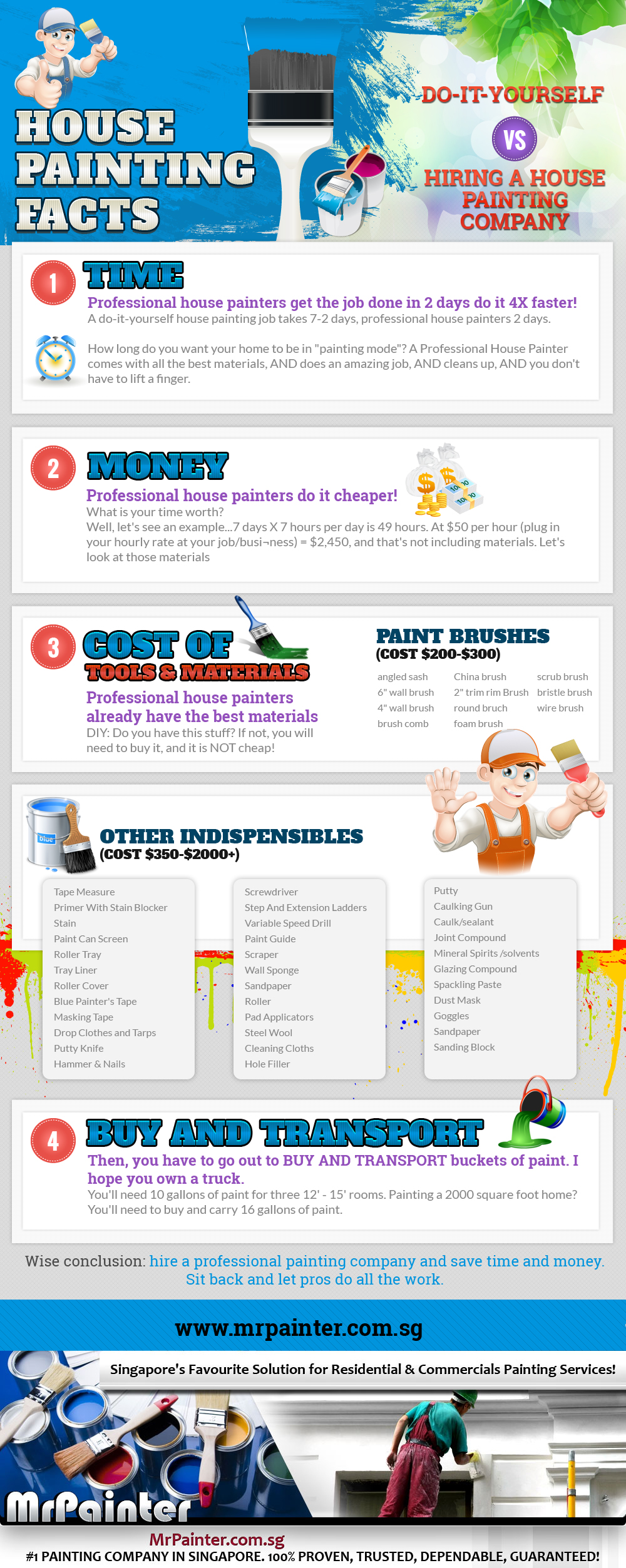Recognizing Seasonal Influences On Commercial Outside Paint: Important Knowledge For Success
Recognizing Seasonal Influences On Commercial Outside Paint: Important Knowledge For Success
Blog Article
Article By-Regan Browne
When you're planning a commercial external paint project, seasonal aspects can make or break your results. You'll wish to think about how temperature level and moisture influence paint application and drying out times. Picking the best season can ensure your paint sticks properly and lasts much longer. Yet which seasons are really the very best for this sort of job? Let's check out the key elements that can impact your task's success.
The Effect of Temperature Level on Paint Application
When you're planning a business external paint task, the temperature level can dramatically affect exactly how well the paint sticks and dries out.
Preferably, you want to repaint when temperatures vary in between 50 ° F and 85 ° F. If it's too cool, the paint may not treat properly, causing issues like peeling or splitting.
On the other hand, if it's as well hot, the paint can dry too promptly, stopping appropriate attachment and leading to an irregular finish.
You must additionally take into consideration the time of day; early morning or late afternoon uses cooler temperatures, which can be more beneficial.
Always examine the manufacturer's suggestions for the particular paint you're using, as they commonly supply assistance on the excellent temperature level array for optimal outcomes.
Humidity and Its Effect on Drying Times
Temperature isn't the only ecological factor that influences your commercial exterior painting project; moisture plays a substantial function too. High moisture degrees can slow down drying out times drastically, influencing the total top quality of your paint work.
When the air is saturated with moisture, the paint takes longer to treat, which can cause concerns like poor bond and a higher threat of mold development. If you're painting on a particularly damp day, be prepared for extensive delay times between coats.
https://www.housedigest.com/1001219/emily-henderson-shares-her-tips-for-painting-a-home/ to keep track of local climate condition and plan appropriately. Preferably, aim for humidity degrees between 40% and 70% for optimal drying out.
Keeping these consider mind guarantees your job stays on track and delivers a long lasting finish.
Best Seasons for Commercial Exterior Paint Projects
What's the most effective time of year for your industrial outside painting projects?
Spring and early loss are typically your best bets. Throughout these periods, temperature levels are mild, and humidity degrees are commonly lower, creating excellent problems for paint application and drying out.
Stay clear of summer season's intense heat, which can cause paint to dry also promptly, bring about bad adhesion and finish. Likewise, garage painting services can impede appropriate drying and treating, taking the chance of the longevity of your paint work.
Aim for days with temperature levels in between 50 ° F and 85 ° F for optimum outcomes. Bear in mind to check the regional weather report for rain, as wet problems can destroy your job.
Planning around these elements ensures your paint project runs smoothly and lasts much longer.
Final thought
In conclusion, preparing your commercial exterior painting projects around seasonal considerations can make a substantial difference in the outcome. By scheduling work throughout the excellent temperature levels and humidity degrees, you'll ensure far better adhesion and drying times. Bear in mind to watch on neighborhood weather prediction and pick the correct time of year-- springtime and early loss are your best bets. Taking these actions will certainly help you accomplish a resilient and expert coating that lasts.
